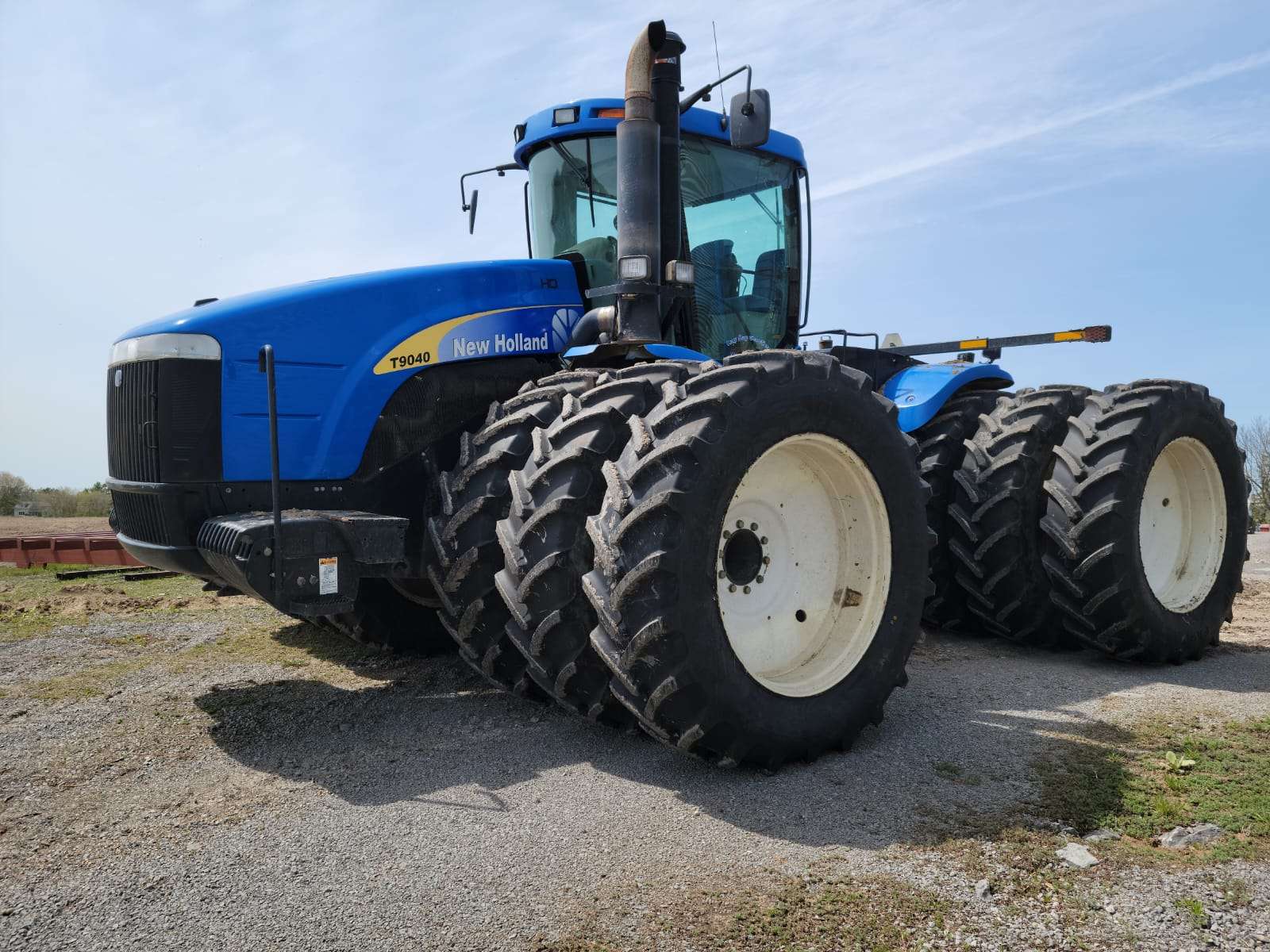tyre care
What is the Importance of the Tread Depth on an Agriculture Tyre?
Fri, 23 Jun 2023 | tyre care
Being deeply rooted in the agricultural industry, farmers have an innate understanding of each component’s pivotal role in driving our operations’ success. From choosing the right equipment to implementing effective techniques, our decisions directly impact our productivity and profitability. But one crucial factor often goes unnoticed but holds tremendous importance. It is the tread depth of an agricultural tyre.
In this blog, we invite you to embark on a journey where we unveil the hidden secrets of tread depth and explore its profound impact on the performance, safety, and longevity of agriculture tyres. Get ready to discover how this seemingly small detail can make a difference in optimizing your farming endeavors.
Traction and Grip:
Tread depth directly impacts the traction and grip of an ag tyre. The deeper the tread, the more effectively the tyre can grip the ground, providing enhanced traction. This becomes particularly vital in challenging terrains like muddy fields or uneven surfaces. Adequate tread depth allows the tyre to dig into the soil, reducing slippage and ensuring optimal power transfer from the vehicle to the ground.
Self-Cleaning:
Agricultural activities often involve working in environments with high moisture content, such as wet fields or damp soil. In such conditions, tread depth plays a crucial role in self-cleaning. The grooves and channels in the tread pattern help evacuate mud, stones, and debris, preventing them from getting lodged in the tyre. Sufficient tread depth ensures effective self-cleaning, maintaining Ag tyre performance and minimizing the risk of traction loss due to clogging.
Tread Wear and Longevity:
Tread depth directly correlates with tyre lifespan and wear patterns. The tread gradually wears down as agriculture tyres endure heavy loads, rough terrains, and various weather conditions. Optimal tread depth allows for even wear distribution, prolonging agriculture tyre life and maximizing the return on investment. Monitoring and maintaining the tread depth of agricultural tyres is crucial to ensure safe and efficient operation.
Hydroplaning Resistance:
In agricultural applications, where irrigation and rainfall are common, the risk of hydroplaning cannot be overlooked. Hydroplaning occurs when a layer of water separates the tyre from the ground, leading to loss of control and traction. Sufficient tread depth facilitates efficient water dispersion, reducing the chances of hydroplaning. The deeper grooves and channels in the tread pattern helps evacuate water and maintain contact with the ground, ensuring better control and enhanced safety.
Load-Bearing Capacity:
Agriculture tyres are subjected to heavy loads due to the nature of farming equipment and operations. Adequate tread depth is vital for maintaining the load-bearing capacity of the tyres. As the tread wears down, the tyre’s ability to distribute the load evenly across its surface diminishes, increasing the risk of uneven wear, structural damage, and potential failure. Monitoring and maintaining proper tread depth ensures optimal load-bearing capabilities and enhance overall safety.
The significance of tread depth on agriculture tyres cannot be emphasized enough. It directly impacts traction, self-cleaning ability, wear patterns, hydroplaning resistance, and load-bearing capacity. Farmers and agricultural professionals must prioritize regular inspections and maintenance of tread depth to ensure optimal performance, longevity, and safety of their agriculture tyres. By understanding and addressing the importance of tread depth, you can make informed decisions when selecting and caring for your agriculture tyres, maximizing productivity and minimizing downtime in your farming operations.



























































































































